I attend the Adobe Summit conference every year. Last year there was quite an interesting session about B2B and marketplaces provided by Marion Freijsten – ” Marketplaces: eat or be eaten “.
I decided to deepen the topic about B2B commerce and how to take it online based on my experience and my projects.
Before I dive into this topic, here’s a high level overview of top tips for B2B merchants on how to get started:
- Establish a vision for your B2B eCommerce site
- Develop a business case for your B2B eCommerce site
- Think through your B2B purchasing, payment, and inventory processes
- Choose a scalable and mobile friendly B2B eCommerce platform and other ecommerce channels, like marketplaces
- Evaluate your ‘new potential competitors’ when moving your B2B operations online
- Dive into technology and choose the right B2B eCommerce platform. In most cases you also need to think about CRM, ERP and marketing automation tools.
- Create an internal steering committee
- … and don’t forget to choose the right B2B eCommerce solution partner to help you move online!
What is B2B ecommerce?
Business to Business eCommerce can be defined as the sale of goods or services between businesses. If you’re a B2B retailer, distributor or manufacturer, and you’re looking to grow your business, B2B eCommerce is likely either already part of your current business model, or soon will be.
Most of our clients operate in B2B2C model online via their Magento platform and marketplaces. It means they moved to individual customers, too.
B2B MERCHANTS: HOW TO PREP FOR MOVING ONLINE
B2B customers expect a B2C shopping experience from Business to Business companies. As a result, B2B sellers have no other option but to optimize their business operations and upgrade their digital presence if they want to retain their customers and increase revenue. Launching an online business requires investing in the right set of technologies to handle both the front-end buyer/customer experience and the back-end processes that facilitate order and inventory management, billing and customer support.
Besides the technology aspect to consider, there is also the operational side of the business that needs to be addressed as business shifts to a digital-first selling strategy.
Many B2B companies still force buyers to interact with sales representatives to learn about product prices or complete the purchase process, even though B2B customers would prefer a self-service option.
As per Forrester, nearly 75% of buyers prefer to buy from an eCommerce site rather than from a sales representative and 93% prefer to buy online when they have already decided on what to buy.
Prior to 2017, all of the funnel models in B2B were organized to track leads at the top and opportunities at the bottom. The problem with this arrangement is that when B2B organizations go to market, the buyer they are trying to attract is not a single person for each selling opportunity. It is a buying group.
There are generally many people who are part of the buying committee who engage and become leads. Buying groups may average five to seven individuals, and organizations can expect that at least two of them will become leads at some point prior to purchase. Per Kerry Cunningham from Forester, “in typical B2B processes, only one of those leads would make its way onto an opportunity. If opportunities have, on average, just two leads per buying group, that puts a ceiling on lead conversion rates.”
ESTABLISH YOUR VISION FOR YOUR B2B ECOMMERCE SITE
Ensure that you have a clear goal of the direction you want to take your business and what you want to achieve.
DEVELOP A BUSINESS CASE
Think about how can you increase operational efficiency and reduce costs:
- Pinpoint current manual, labour-intensive processes that could be automated
- Define the parts of the sales process that could be turned into self-service for your customers, especially for your loyal customers.
- If you are an organization that gets 70% of its revenue from renewing existing customers, your revenue engine should perform very differently from one where 70% of the revenue is expected to come from new customers’ deals.
- You can use many tools that Magento Open Source actually has built-in the environment:
- B2B extensions: Customer Group Permissions by Aheadworks,
- marketing automation for loyalty, abandoned carts,
- tier pricing,
- customer group pricing
- a persistent cart
- special offers and discounts, rules for cart and categories
- Identify the amount of staff actually needed for back-office support and reduce accordingly
- Map your expectations of internal resources
- Define dependencies, such as management support, mandates in certain areas, support, etc.
- Define your all sales channels which are used and can be integrated with your B2C Commerce
IT’S ALL ABOUT A GREAT CUSTOMER EXPERIENCE
Meet the unique needs of each of your customers:
- Streamline purchasing, payment, and inventory processes
- Provide unique product assortment, pricing, and business flows that match approval rules/product preferences per user group
- Improve your responsiveness with the ability to do business 24/7
MAKE MOBILE A PRIORITY
Like most shoppers, B2B customers spend a large chunk of their day on their mobile device and expect that all of their shopping, including B2B, be accessible via that device. Reduce risks and costs of entering new markets by creating a scalable process and platform for replication from the get-go.
According to research by Boston Consulting Group, 50% of B2B search queries today are made on smartphones.
PREP YOUR BUSINESS FOR A WIDER COMPETITIVE FIELD
Entering the online commerce world will open your business up to a wide variety of competitors. Beyond direct competition, your online experience will not only be compared with the competitor across the street or in the same country, it will also be compared with every other online shopping experience your customer has ever had. As such, you need to evaluate potential strategic partners’ capabilities not just as a client, but as a consumer.
TACKLE TECHNICAL OBSTACLES
Evaluate the Business to Business Commerce Platforms on the market based on your goals with the eCommerce project not only today but also in the next 5 years.
To get the true value from your eCommerce platform, it should be integrated in a manner which supports the way your company transacts business and the systems it uses to operate. Ecommerce can create problems rather than solve them if the entire order-to-cash and delivery processes aren’t streamlined from front to back. Choose a system that can be tightly integrated with your sales, distribution and accounting systems.
Try and eliminate the technological challenges by moving through the following steps with your solution provider:
- Discover
- Analyze
- Architecture and Design
- Development
- Quality testing
- Deployment
- Documentation and transition
CREATE A STEERING COMMITTEE
A steering committee is composed of organizational stakeholders from different parts of the business (finance, IT, marketing, sales, operations) who take full ownership of the project. Educate your executives around the new B2B buyer – who they are, how they order, and where they spend their time.
Change is hard to implement in a large organization. In order to establish permanent change, get people in your team – the leaders and executives that serve as champions for the project – who can help to manage change, communicate change, and raise excitement and confidence around the change across all levels of the organization.

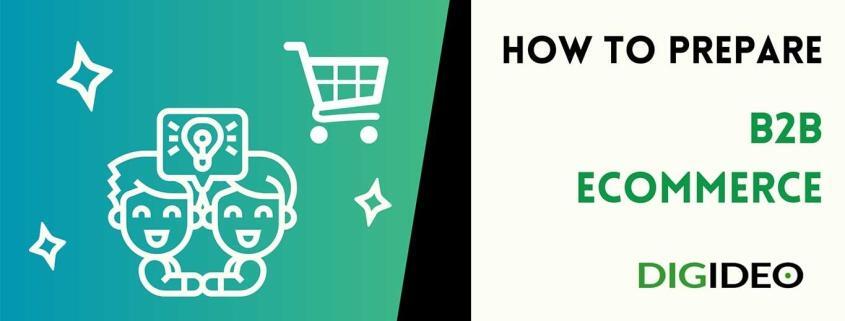

 Digideo
Digideo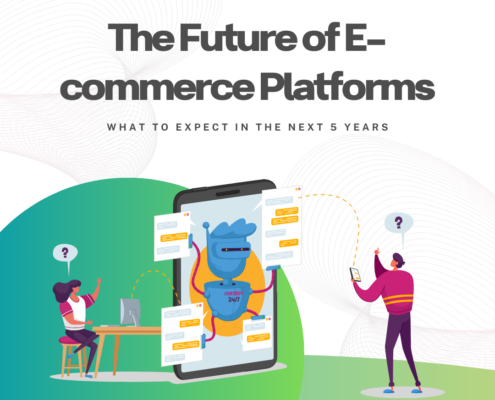
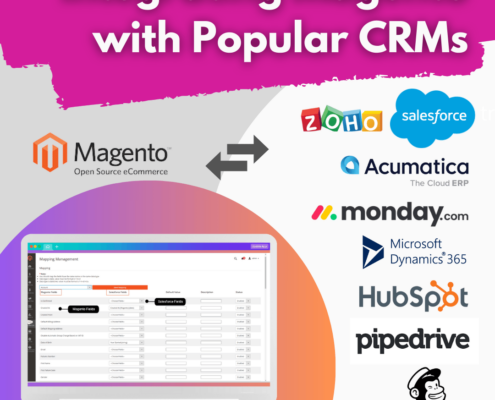 Digideo
Digideo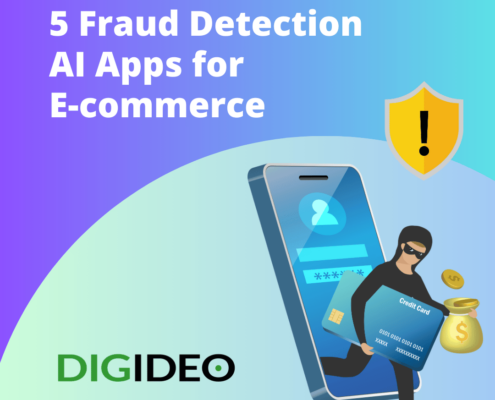 Digideo
Digideo Digideo
Digideo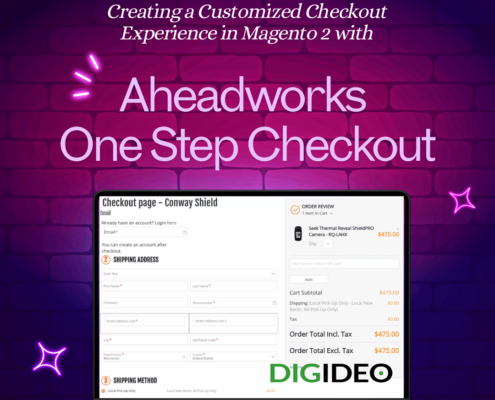
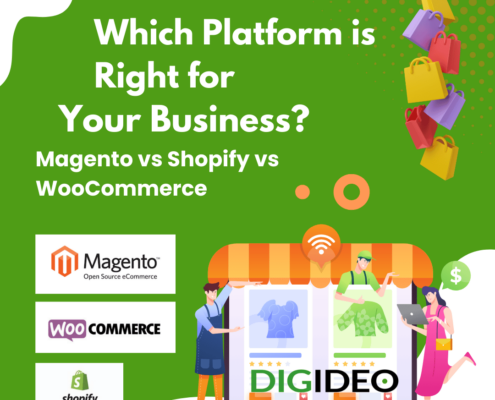 Digideo
Digideo
Share this entry